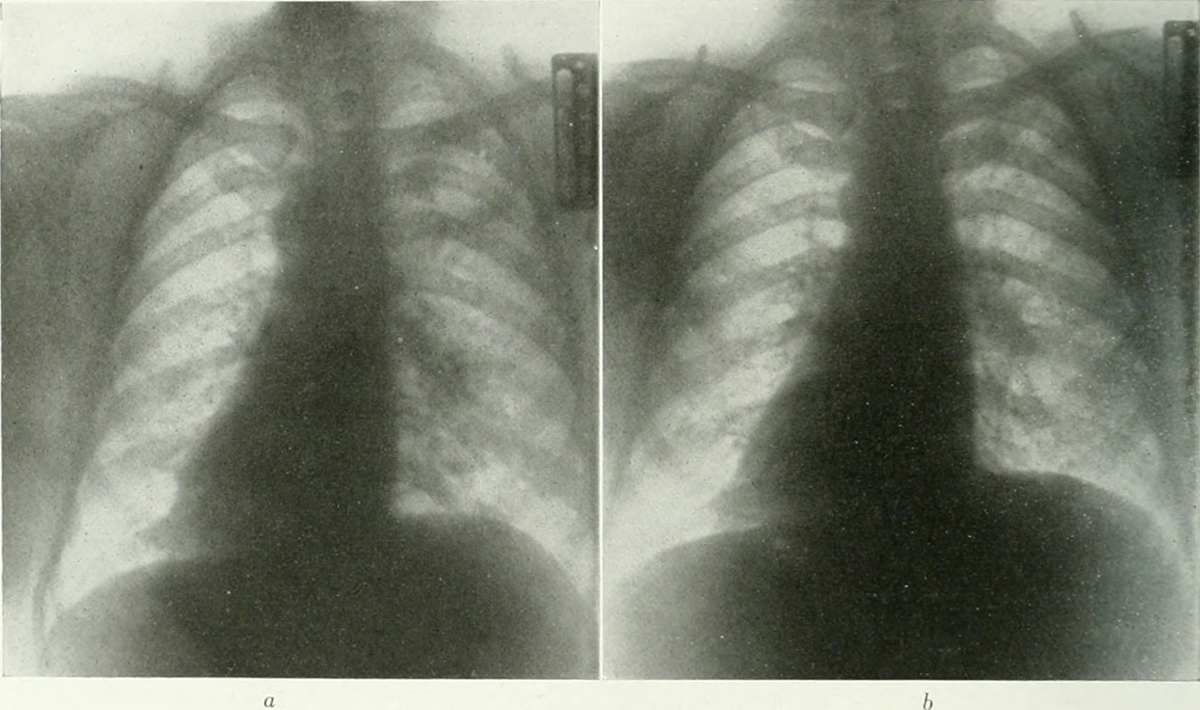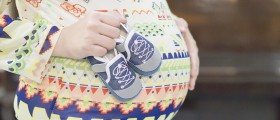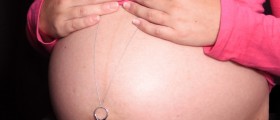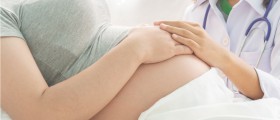Toxemia in pregnancy is also known as preeclampsia, which is pregnancy-induced hypertension. It is a serious medical condition that can be life threatening for both mother and the baby if left untreated. Toxemia usually affects women after 20 weeks of pregnancy. The cause for toxemia hasn’t been discovered yet, but some experts suggest it may be related to autoimmune diseases, genetic factors and problems with blood vessels.
Symptoms of Toxemia in Pregnancy
Because of serious complications preeclampsia may cause, it is important to learn how to recognize symptoms of the condition to get a proper treatment. Some pregnant women don’t experience any symptoms of toxemia but the signs can warn that the condition is present.
Swelling
Common symptom of toxemia is bloating of the hands, feet and face. This is due to fluid retention. This sudden swelling is one of the first signs of toxemia although some women may experience edema without suffering from toxemia.
Sudden Weight Gain
Sudden swelling can result in sudden weight gain. Warning sign of toxemia is a weight gain of more than two pounds per week.
Vision Problems
The symptom that usually accompanies toxemia is blurred vision, double vision or even temporary loss of vision. Any changes in eyesight in pregnant women can indicate swelling in the brain, which is a symptom of toxemia.
High Blood Pressure
High blood pressure, which can be over 140/90, always indicates preeclampsia. However, some women may not be aware of this because high blood pressure does not cause any symptoms. That is way pregnant women need to check their blood pressure regularly.
Abdominal Pain
Women with severe preeclampsia may experience intense pain in their upper abdomen. Warning sign is particularly pain on the right side of the upper abdomen, under the rib cage. Sometimes, this pain can extend toward the shoulder.
Urinary Changes
Another common symptom of preeclampsia is presence of protein in the urine. This is known as proteinuria and can be confirmed in a urine test. This will usually manifest in reduced urine output and alterations in the color of the urine, which can be dark or reddish.
Diagnosis and Treatment of Toxemia
It is vital to identify presence of toxemia as soon as possible to prevent further complications and damages to the baby and mother. Pregnant women have to regularly do a urine test that shows level of protein in the urine. Proteinuria is characterized by more than 300mg of protein in 24 hour urine collection.
- The latter 186 women were divided into 7 groups: A1, A2, A3, A4, B1; and B2. The definitions of each group were as follows. A1: primipara with severe toxemia; A2: multipara that had a severe toxemia at the first time and then normal pregnancy (ies); A3: multipara that had a severe toxemia in the first pregnancy and then mild one(s); A4: multipara that repeated severe diseases; A5: multipara that had a severe toxemia and then unclassified type(s) of the disease; B1: multipara that had a normal pregnancy at the first time and then severe toxemia(s); B2: multipara that had a mild toxemia in the first pregnancy and then severe one(s).
- The percent of each group was 25, 24, 13, 15, 4, 6, and 12% respectively.
- Those women who had severe toxemia(s) were found to have hypertension, high levels of blood urea nitrogen, hyperhematocritemia, and hyperlipemia from the results of clinical and laboratory data. Consequently, they are a high risk group of atherosclerosis, because hypertension and hyperlipemia are main risk factors of that disease.
- Eighty percent of 374 women who had a history of severe toxemia from 1956 to 1985 was able to be followed up by us until 1987. Those women also were divided into the same groups as described above except A5, and checked up as to hypertension, hyperlipemia, body weight, and so on. The characteristic features were that the group A2 is in a well condition, and that many of group A4 are suffering from various diseases with regard to the remote prognosis.
When a pregnant woman is diagnosed with toxemia, she will have to take hypertensive drugs to decrease blood pressure. Also, to reduce the blood pressure as well as swelling, a woman will have to be lying on her left side. Diet must be low in sodium to reduce fluid retention.
Unfortunately, there is no cure for toxemia, except for delivery of the baby as soon as it can survive outside the womb, which is after 34 gestation weeks.

















Your thoughts on this
Loading...